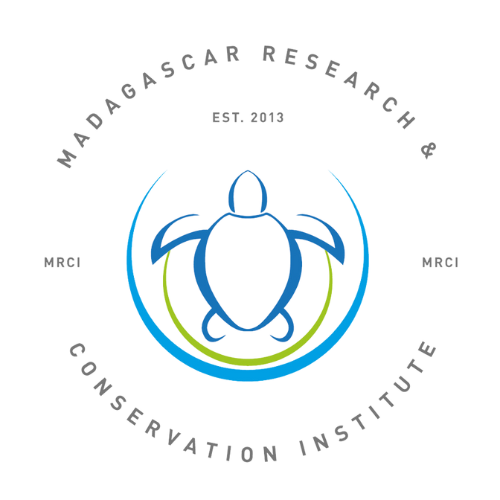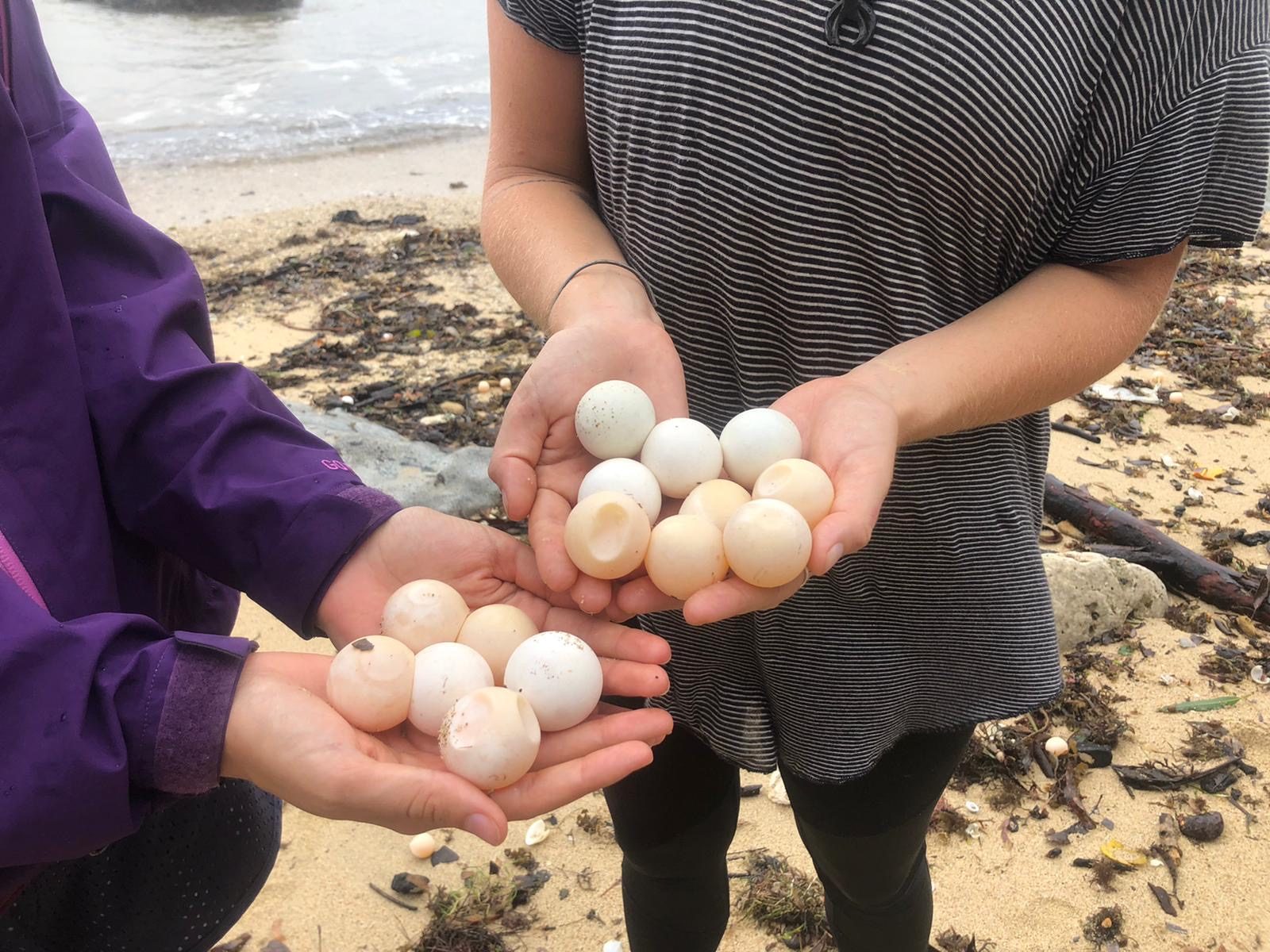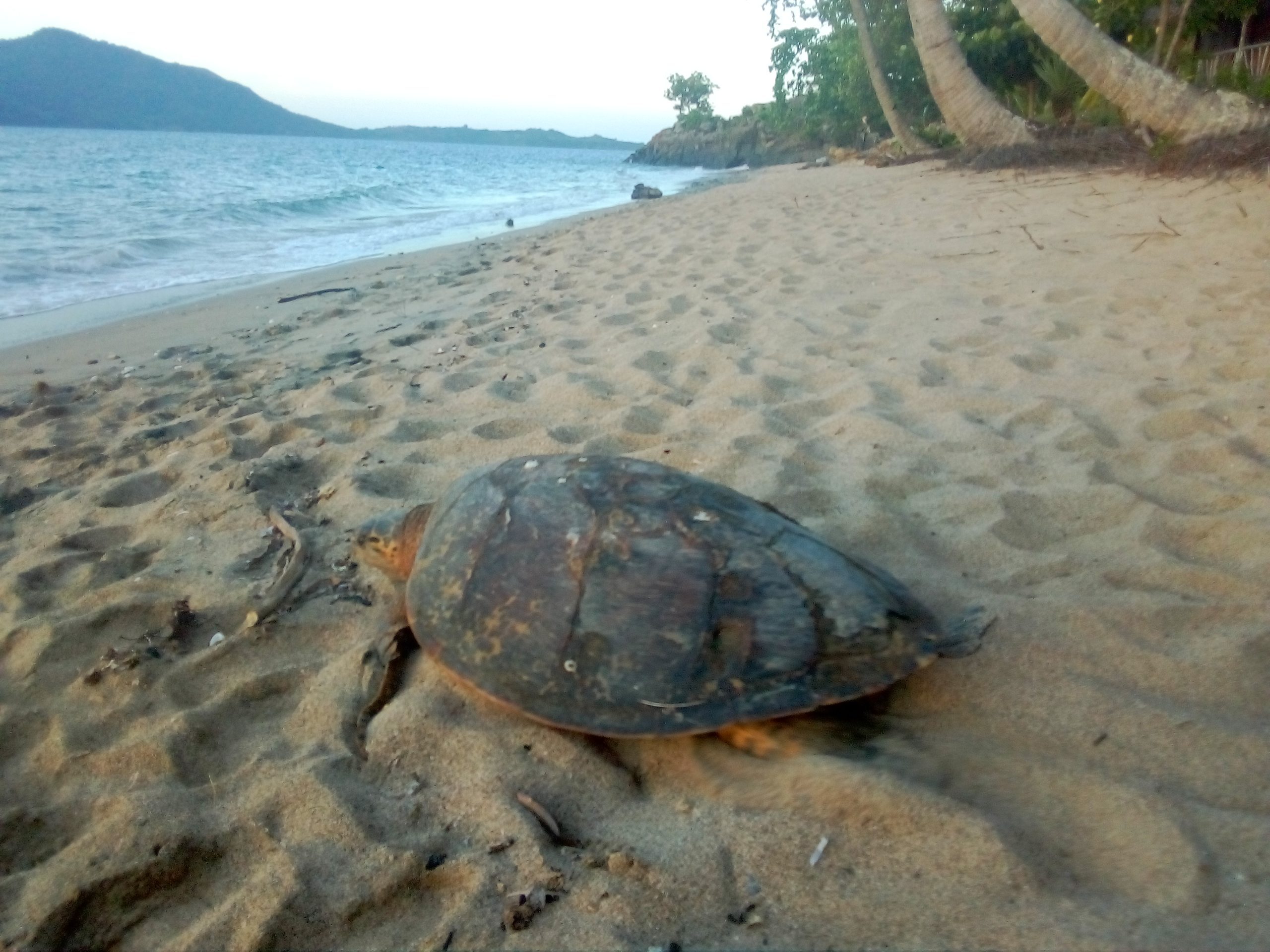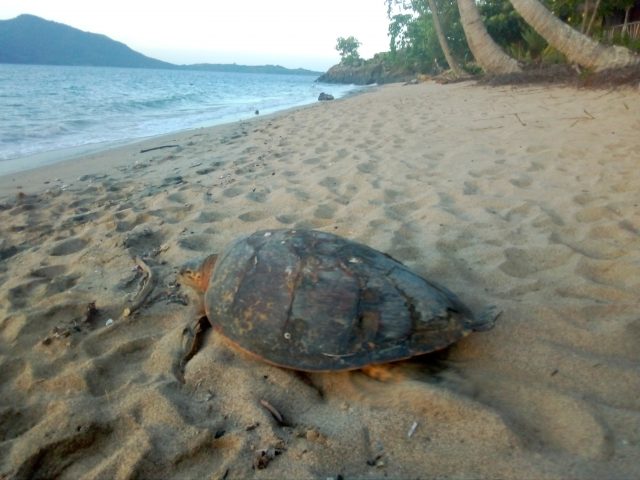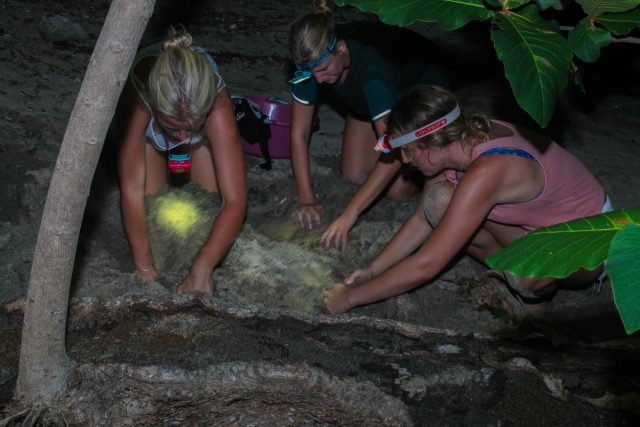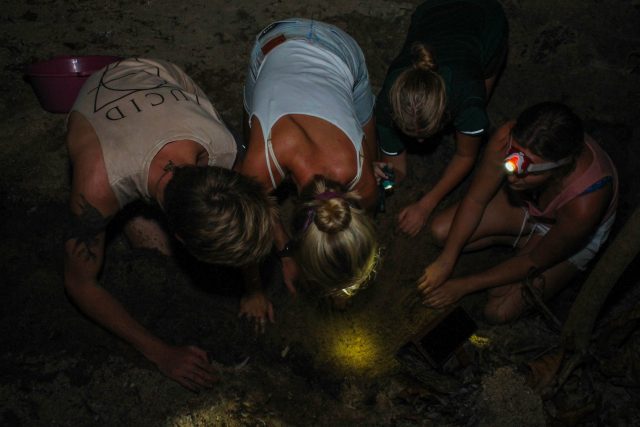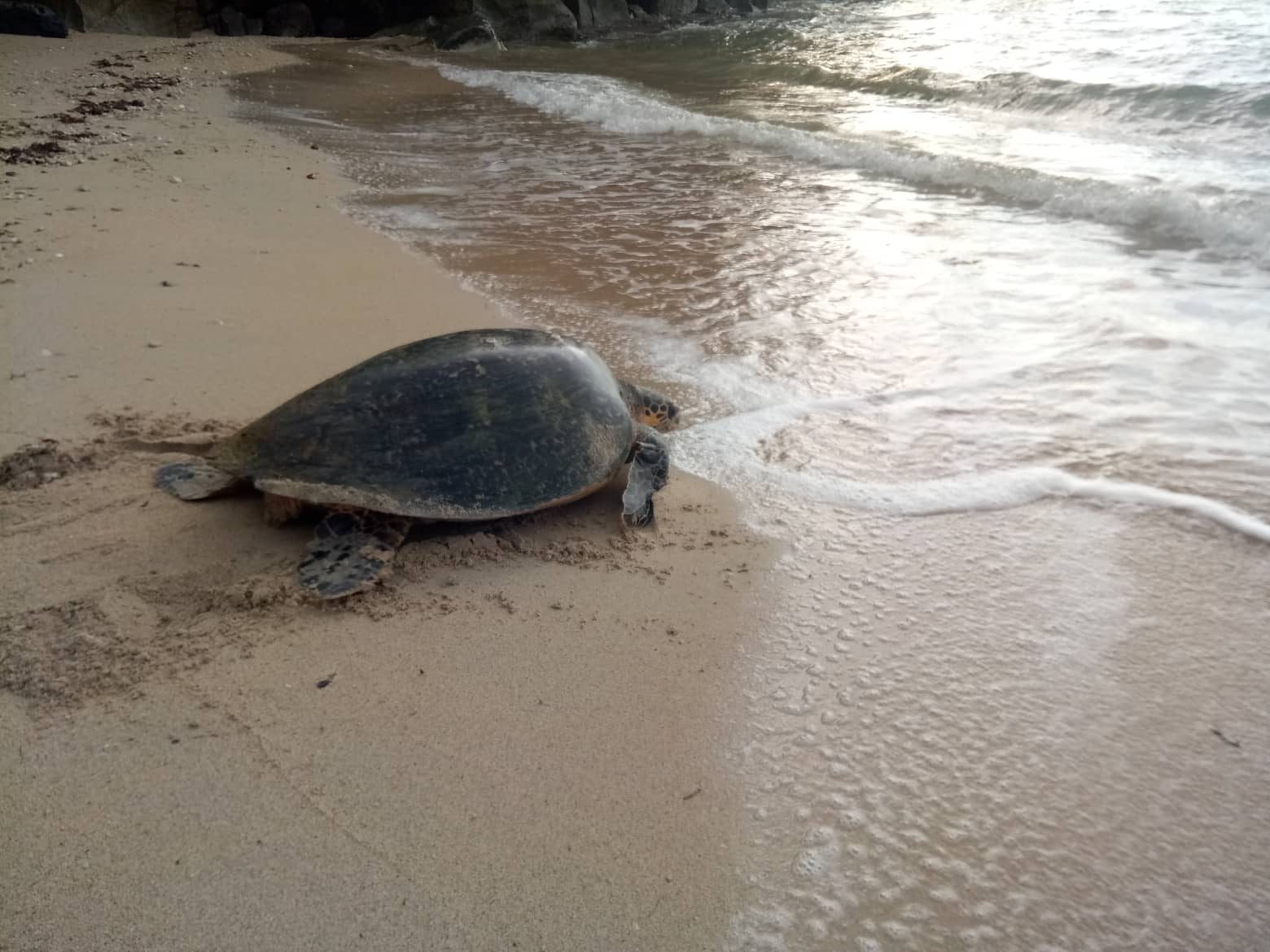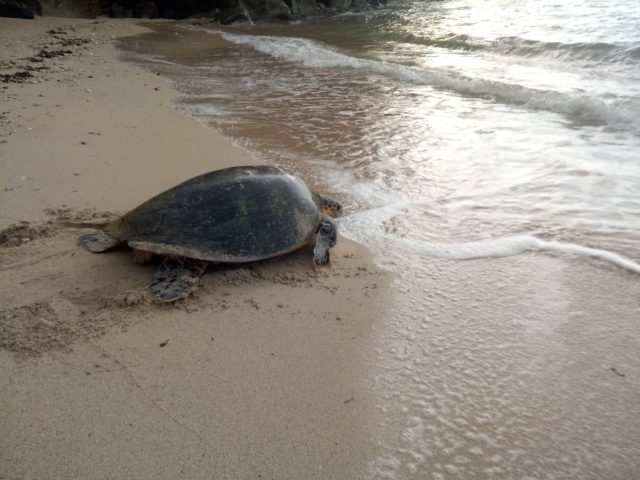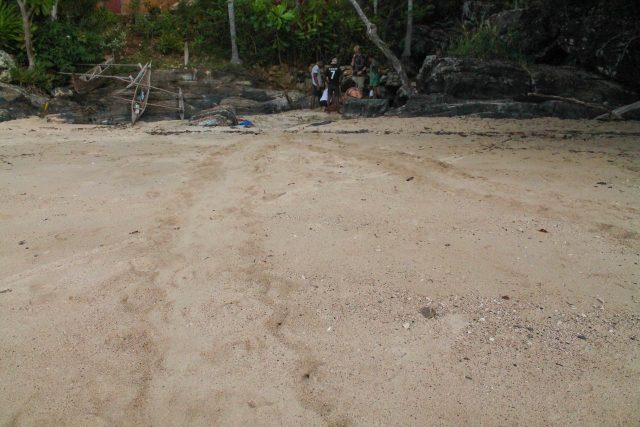Volunteers with Silver Linings
January 2020
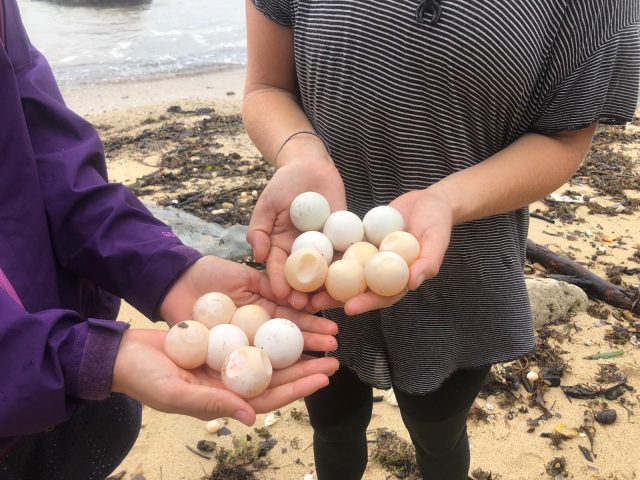
Our volunteers and programs came to an unfortunate halt this past week. A tropical storm passed over, which made way for an unusual week. Due to poor visibility and high swells our marine volunteers were unable to dive. The turtle conservation volunteers didn’t get to do their active turtle surveys. The muddy and slippery trails meant no hiking for the forest volunteers. Teaching and community volunteers were confined to Turtle Cove Camp, as boat rides and hiking to Ampang became too risky.
Wet season is no joke, and we take all of the necessary precautions to ensure everyone’s safety. Despite everything, the positive energy displayed by our volunteers shined through and saved the week. Vibrant new volunteers gave it their all and carried out beach cleans, strengthened their species knowledge through games and lectures, countless bamboo straws and eco brick were also made!
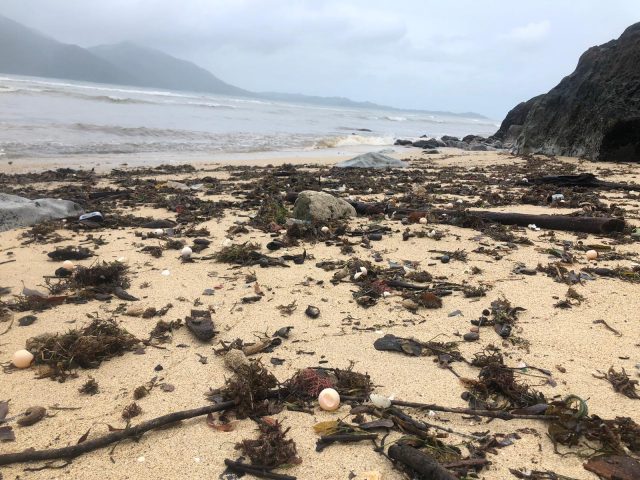
The most significant event of the week was by far our beach clean. We had volunteers from all programs join in and take part. It is the middle of turtle nesting season, and although we have been eagerly awaiting any sign of turtle activity, we’ve received no indication of turtles nesting. So, when we came to find a beach littered with about fifty eggs, it was equally devastating and exciting. Turtle Conservation Manager, Russel, was part of the beach clean-up crew. He was able to offer valuable insights into what had occurred and what it meant for the baby turtles.
Unfortunately, due to the fragility of turtle nests (or clutches), the beached turtle embryos had no chance of survival. Two important and sensitive factors when turtle eggs are laid in their nest would be their orientation within and temperature. These factors ultimately affecting their survival. The harsh storm and exposure on the beach meant that there was no chance of survival for the turtle eggs that we had found. Russel opened a turtle egg and talked everyone through turtle development.
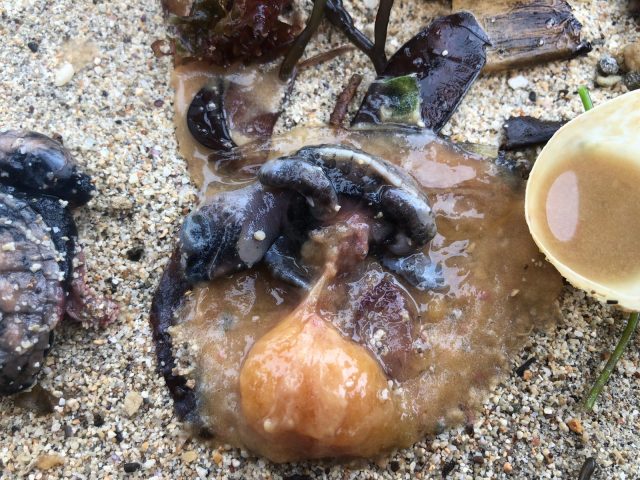
Although a sad experience, our volunteers found it very informative and left with a greater understanding of the many challenges that these animals face. We left our beach as clean as possible and continued our clean ups as much as we could throughout the rest of the week. The energy of our volunteers is unparalleled and we wouldn’t be anything close to what we are without them.
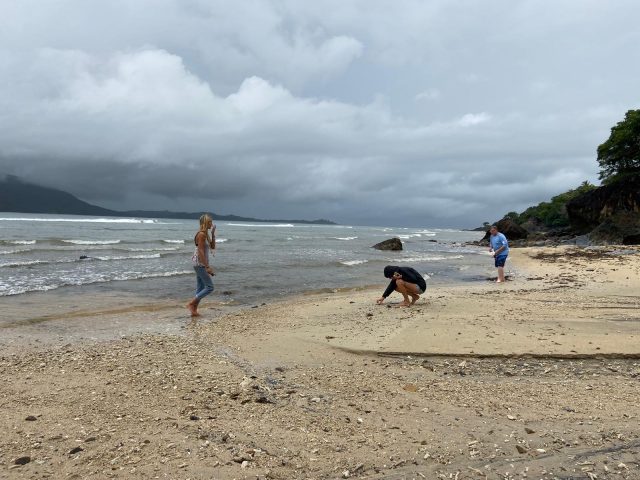
Browse our volunteer programs Here
Follow us on Facebook & Instagram to keep updated daily!
